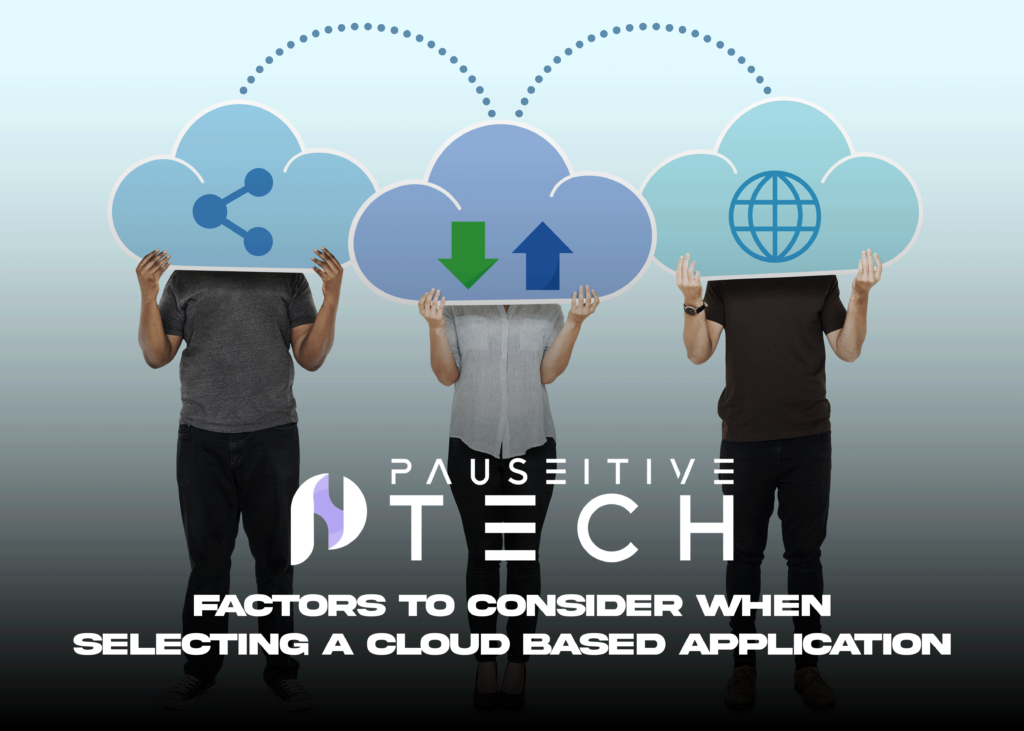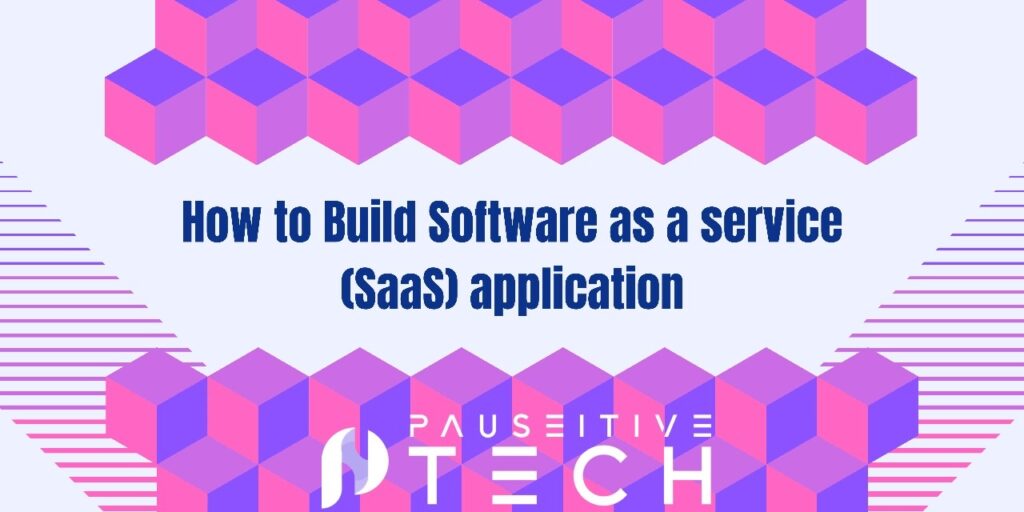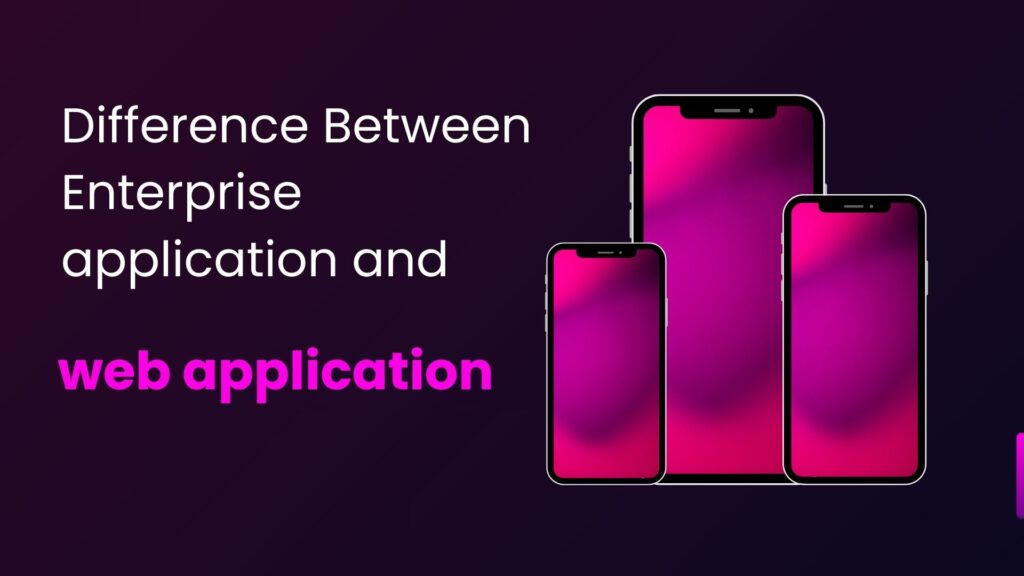When organizations are looking to adopt cloud solutions for their business, choosing the right application becomes a vital action. They are flexible, scalable, and economical to host, but the need to wade through the congested market of options is daunting. This knowledge is critical to avoid choosing a solution that won’t meet the operational requirements or future strategic vision. This article will guide you to factors to consider when selecting a cloud-based application.
Factors to Consider When Selecting a Cloud-Based Application

1. Scalability
It is important to compare the scalability of the specific cloud-based application to your business needs since it affects the future growth of the business. Start looking for products that can handle additional workload and user load, since it is a common trend in the technological world.
2. Security
The safety and protection of an application are major factors to consider when choosing a cloud app. Assess the security features of the app, such as encryption, user authorization, and adherence to security standards, to safeguard the data.
3. Integration Capabilities
Think of how conforming the cloud application in your chosen field is to your current software and systems. This means that when data is passed from one platform to another, there are few interruptions, causing less time wastage and thus increasing productivity.
4. Cost
Investigate if the application has any hidden charges, its subscription model, and the cost of availing its services peruse, among others. There are always cheaper options, but the functionality and support should meet or exceed the price you are paying.
5. User Experience
The efficiency of training can be a significant index of adoption rates, which are essential for improved engagement among employees. Evaluate the effectiveness of the application based on its design and functions for the end-users and existing business processes.
6. Support and Maintenance
Another major factor to consider is reliable customer support and maintenance. Verify the readiness of support systems, attentiveness to the customer, and the materials available for problem resolution and user assistance.
7. Performance
That is why; the performance of a cloud-based application can be your make-or-break moment. Compare the speed, reliability, and guaranteed uptime, and determine whether the application meets your business needs. Ensure there are service level agreements with defined KPIs that touch on performance levels and abandonment rates.
8. Vendor Reputation
You should investigate the reputation of the cloud application vendor you plan to deal with. Use reviews, testimonials, and case studies as the primary method of evaluating customers’ satisfaction and the vendor’s trustworthiness. A recognized seller is expected to deliver good services and technical support to the buyer over some time.
9. Customization Options
The ability to have configuration options is also worth considering, particularly for organizations that require distinct features. Evaluate if there is a possibility of customizing features or functions in the cloud application for better provision of services.
10. Backup and Data Recovery
Assess the backup and data recovery services given by the cloud application. This is especially important, as it acts as a backup measure in case of losses and other issues with the functioning of data protection systems.
Conclusion
However, choosing the right factors to consider when selecting a cloud-based application, as described in the content above. To this effect, organizations need to analyze factors such as scalability, security, integration options and usability, which enable users to come up with the best decision suitable for their organizations. Also, price, the vendor’s credibility, and adherence to legal requirements and procedures concerning data management significantly contribute to the assurance that the chosen solution effectively responds to requirements currently and in the future. Spending considerable time and money on the selection of a provider will ultimately benefit operations, security, and company success in the current and future worlds of technology.




